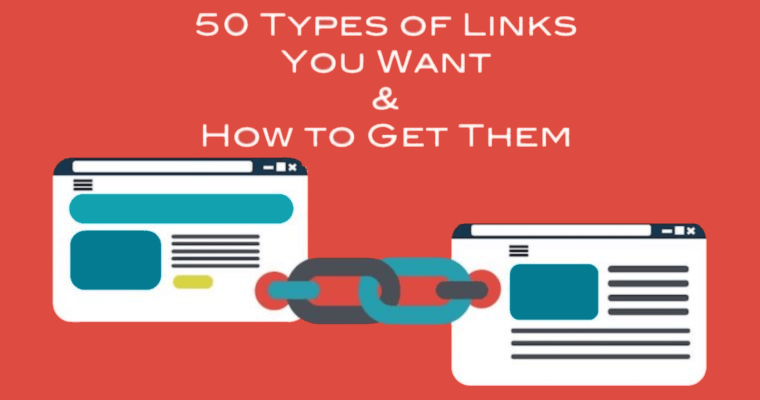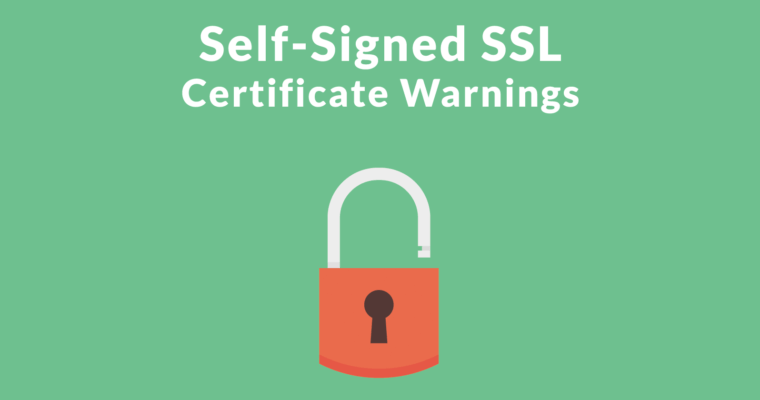Без рубрики
There are times when web traffic changes. Sometimes for the best. Sometimes for the not so best. It’s not difficult to diagnose why traffic changes. Here is how you can take control of your web traffic to help it keep growing.
1. Mobile Paradigm Affects Traffic
Mobile is changing search habits. More businesses are noticing that search patterns are changing. This is because we are in the midst of an important change in how people search for services and products. Disruptions in traffic patterns are especially notable where search intersects with local.
The changes are due to the migration to consuming content on mobile devices. This affects the days of the week and hours of the day people are searching. This can affect what keywords searchers are using. Understanding these changes and getting in front of those trends can help you regain lost traffic.
The migration to mobile devices has also affected how visitors communicate with a business. For example, presenting information in the PDF format may not be helpful anymore. Additionally, giving site visitors the option to call you, text you or receive an immediate phone call from you can help increase lead generation over your competition that may still be relying on forms that consumers may not want to fill out anymore.
Adapting to how site visitor preferences is highly important.
2. Change in Consumer Habits
Identifying what has changed is a fascinating research area. The challenge is to sleuth out what changed in order to understand the wholesale shift in what people are searching for.
Traffic going down for one site sometimes correlates to the traffic of another product or service going up elsewhere.
The most dramatic example of this effect I have encountered involved the shift digital photography habits. In this change, sites related to digital cameras started losing traffic after the iPhone became popular.
Web Traffic Changes Due to Changing Habits
An example of one of the latest shifts in traffic is related to WordPress and blogging. Virtually everything related to WordPress and blogging is trending downwards. Meanwhile search trends related to podcasting are trending up.
The volume of searches for WordPress related queries is still larger than podcasting. But what’s important to note is that the blogging trends have been consistently downwards and will likely continue to trend downwards. Meanwhile the podcasting trend appears to be on a long term upward trend.
This does not mean that podcasting searches are eating into WordPress keyword phrases. It’s simply an indicator that the way people consume content is shifting from textual content to visual (video) and aural (podcasting) forms of content.
These trends affect the kinds of traffic you should be trying to attract and also can affect the kinds of promotional activities you engage in to reach potential customers.
For example, there was a time when potential customers might have read blogs or gone to a directory to find certain kinds of products. Now they might turn to a dedicated community about a product, be influenced by a podcast or look for expert reviews on YouTube.
If traffic is trending downwards but your site still ranks well for your keyword phrases, it’s possible that less people are searching for those keywords. The next step is to identify if they are searching for videos or podcasts now or have abandoned those searches for another product or service.
3. Indexing Issues
A not uncommon problem that can affect traffic is Google’s inability to crawl a site. This isn’t Google’s fault, it’s a sign that your traffic levels have outgrown your current your web hosting plan.
As a website becomes popular more scrapers and rogue bots will begin to hit your site. Unfortunately those bots hit your site at the same time GoogleBot is indexing your site.
What happens next is either your site runs out of resources and begins to show 404 Page Not Found responses or the web host will proactively stop showing web pages.
In the first scenario the web server stops showing web pages because the amount of traffic exceeds allocated CPU and RAM resources. The result is that the web host is unable to show your web pages. It’s like when you have too many web browsers open on your computer and web pages start to slow down or freeze.
28 Experts on the Top 2019 PPC Trends You Need to Know [Ebook]
Learn the top 2019 PPC trends you need to know according to 28 of the smartest industry practitioners. Get your free ebook now!
The second scenario is the web host protecting the server by stopping traffic to your site. The practice is called throttling. This usually happens on shared servers. A web host will throttle web traffic in order to conserve bandwidth and server resources for all the other websites hosted on the shared server.
Neither response is good for you. There are steps to mitigate the effect of rogue traffic. Firewalls such as Sucuri and WordFence can help slow down or stop rogue bot traffic. Another option is stepping up to a more robust web hosting plan.
Another reason is that some web hosts will throttle the traffic. That means it will purposely stop showing your web pages in order to maintain CPU and RAM for all the other sites hosted on your shared server.
But this can also happen on a dedicated server that’s running outdated software, resource hogging plugins, or web pages that are too heavy with scripts and images. A content delivery netword (CDN) can help. But if you want to avoid the expense, take a look at reducing file sizes, upgrading software (like the PHP version) and using a web server with more resources like RAM and port speed.
Scraper and hacker bot attacks are not negative SEO. I know that some people feel they are specifically under attack by competitors. But this isn’t necessarily the case. Virtually any website that ranks for useful phrases will come under attack. This is actually normal activity on the web.
4. Non Secure Website
Google Chrome is warning visitors about insecure sites. It’s possible this is scaring away potential visitors.
5. Hacking
Sometimes a site can be hacked, resulting in unauthorized links and web pages being created. This can have a negative effect in rankings. A quick way to determine if a site has been hacked is to use an FTP program to review the site.
Once you are logged into the site with an FTP client, sort your files according to the modified date. Pages and folders that have been recently modified (but not by you) might be hacked web pages. Use common sense though when diagnosing hacked files. For example, files created by a constantly changing plugin like a backup software will generate recently modified files.
Another way to verify hacked web pages is to check Google Search Console’s indexing section to see if there are indexed pages that you have not created.
How to recover from a hacking event is outside the scope of this article. In general, you may need to use a software like phpMyAdmin to find rogue admin user credentials and remove them. Then begins the process of removing hacked web pages and identifying the attack vector responsible for the hacking (like a rogue plugin). Googling the names of the software programs and plugins in use, including the version numbers may show you what you need to remove or update. At some point you may have to remove the CMS and reinstall the latest version if you cannot identify all the hacked files. But usually they can be identified by the modification dates.
6. Google Updated the Algorithm
It’s common for the SEO industry to try to figure out what kinds of bad activities or websites Google is targeting. Judging by the patents and research Google is involved with, spam fighting is the least of Google’s activities.
Google Search is about information retrieval and that means knowing what a search query means and knowing what a web page means. Danny Sullivan has made it clear that unless Google specifically says it is targeting a form of spam, it’s likely that the update was an improvement to relevance.
That means that if your rankings went down, then you may want to investigate possible reasons why the sites that survived in the top five are ranking there. The answer is usually in the differences between your site and the site that is now ranking in the top.
There are many reasons why traffic patterns can change. Being able to identify why will help you take charge and make a change for the better to improve sales and traffic.










